As we step into 2024, Bharat is embracing a cultural renaissance marked by significant events. The consecration of Lord Rama’s idol at the newly constructed Ram Temple in Ayodhya is not just a religious event but a celebration of Ram as a national hero, embodying Bharat’s cultural values. The temple symbolizes Bharat’s ability to protect its self-respect and is compared to the historic resurrection of the Somnath temple in the 1950s.

Chhatrapati Shivaji Maharaj’s 350th coronation anniversary is a tribute to a philosopher king, whose era was a turning point in Bharat history. Shivaji’s legacy goes beyond being a warrior king; he instilled self-confidence among the masses and protected indigenous culture from invaders. The celebration reflects Bharat’s resolve to challenge aggressors and honor leaders who inspire the spirit of resistance.
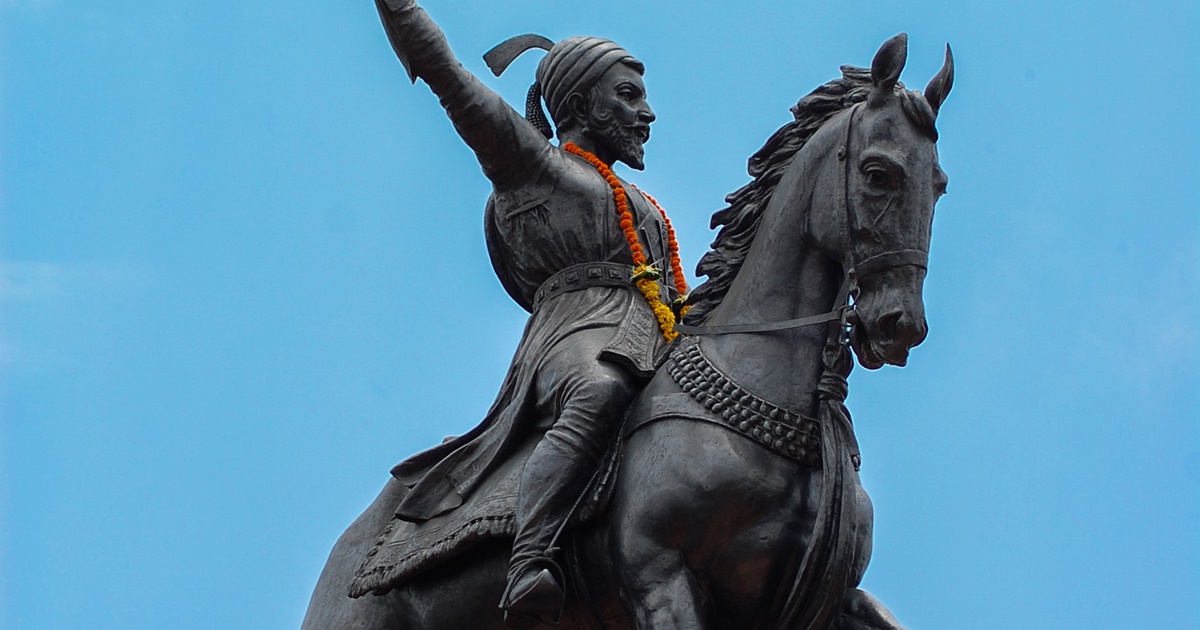
In the midst of Western struggles with multiculturalism, Bharat’s inherent cultural diversity is highlighted. The Dalai Lama’s words echo the importance of Bharat’s religious tolerance as a role model for the world. The Gateway of India centenary serves as a reminder for Bharat to champion “cultural re-balancing” and protect indigenous cultures from the homogenizing effects of Westernization.
To truly realize the cultural renaissance, Bharat must rise above smaller identities, particularly those related to caste and community. The centenary of the Vaikom Satyagraha, a pivotal movement in Bharat’s history, emphasizes the need for social assimilation, justice, and harmony. From Vaikom to Ayodhya, the Hindu community’s journey is a testament to progress, exemplified by inviting priests from diverse temples to the consecration ceremony and naming the Ayodhya Dham Airport after Maharishi Valmiki.
The transformation is evident in many leaders acknowledging that Lord Rama belongs to all, transcending religious boundaries. The culmination of Shri Ram Temple is the penultimate reflection of cultural preservation and unity, while acknowledging the diverse fabric of Bharat.

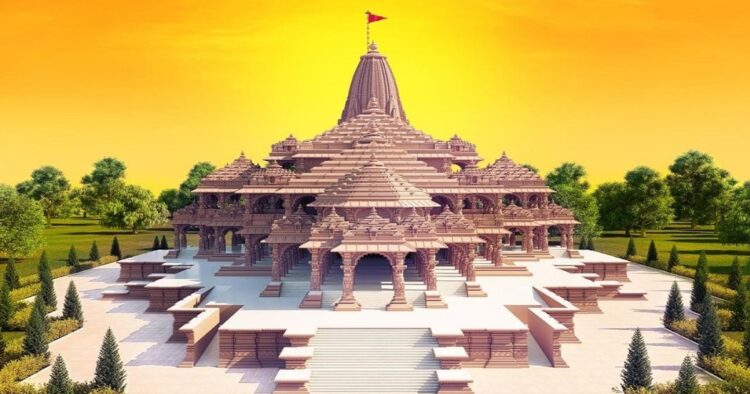
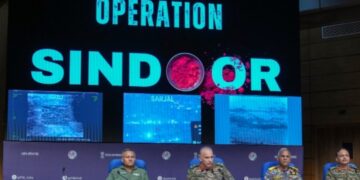

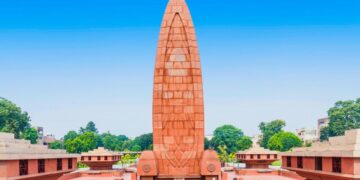
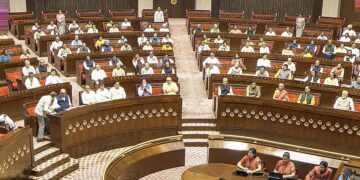











Comments